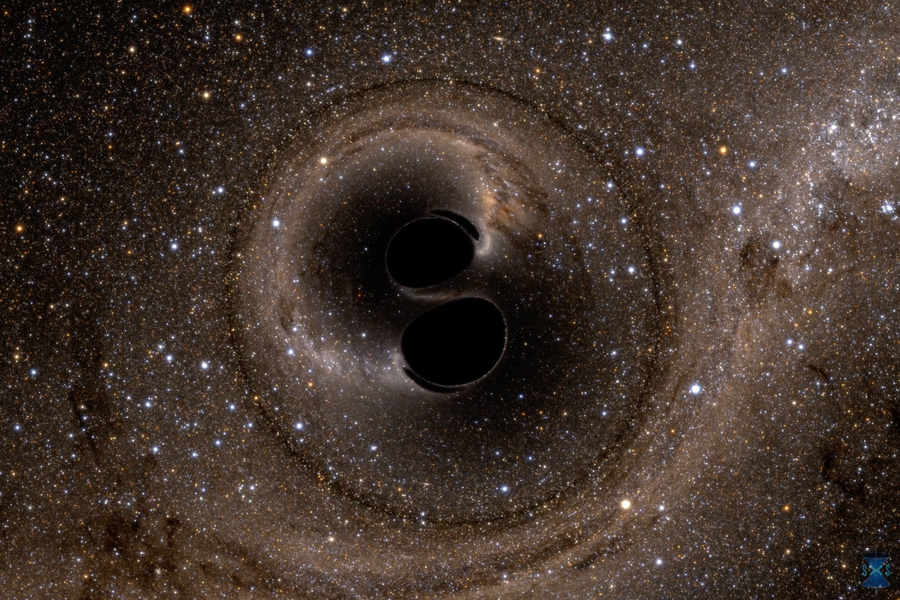
Credits:Credit: Simulating eXtreme Spacetimes (SXS) project. Courtesy of LIGO
Physicists have used gravitational waves to observationally confirm Hawking’s black hole theorem. There are certain rules that even the most extreme objects in the universe must obey. A central law for black holes predicts that the area of their event horizons — the boundary beyond which nothing can ever escape — should never shrink. This law is Hawking’s area theorem, named after physicist Stephen Hawking, who derived the theorem in 1971.
Fifty ye...
Read More







Recent Comments